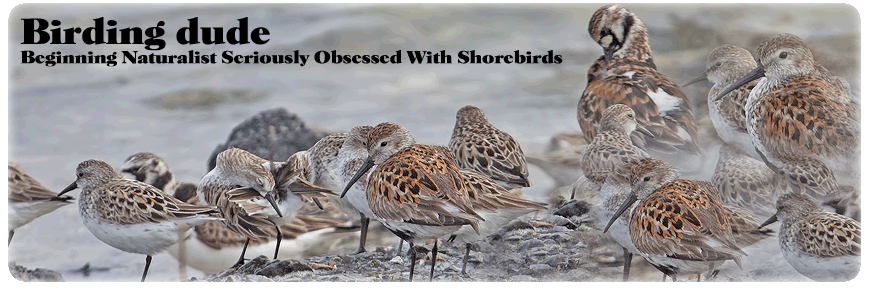This is a fairly large Sparrow and sexes are similar with females generally duller than males. The photos of 3 different birds below were all taken in my backyard on April 15th, 2015. You get an idea of the variation in plumage. Let's look at the first photo which shows a rather handsome WTSP. This adult bird shows the striking head pattern showing the broad white supercilium and the bright contrasting yellow supraloral. The white throat is surrounded by a gray face and chest.
This second photo is another adult bird but take a look at the plumage and compare it to the bird above. This bird shows less dark gray in the face and chest. What about the post-ocular stripe? It looks browner on this bird.
How about this bird? Look how this bird shows even less yellow in the supraloral compared to the two birds above. What about the stripes? Do you notice the striping on the breast that run towards the flnak. We don't see this with the first bird but we do see some of it on the second bird. There is another field mark on this bird that is common with WTSP number 2. Look at the throat on this bird, it shows thin malar stripes which we see on the second bird but not the first. When I observed these two birds in my backyard, I wondered if these were what are referred to as "tan-striped" WTSP. What do you think? Have you seen White-throated Sparrows like this on the East Coast that looks like this? Here is a tidbit on White-throated Sparrows. Do you know that both sexes may sing? Find a bird you think might be a female and see if it sings. The best time is early in the morning to watch them singing.
Tags:




2 comments:
The 1st bird is definitely a white morph bird and the 3rd bird is definitely a tan morph individual. I would guess that the middle bird is a tan male but there is a chance it could be a dull white female. I have had the fortune of studying these birds for my PhD for the last 5 years and its still fun trying to tease out the morph/sex of these little guys. Also, just to add to your tidbit, white females are much more likely to sing than tan females. Our project has been going on for 25+ years and the number of singing tan females that have been recorded is under 10, maybe even less than 5.
I really enjoyed this post and your photos of the sparrows. We live in Belchertown, MA, and regularly see a varitey of plumages in the White-throated Sparrows in our area.
Post a Comment